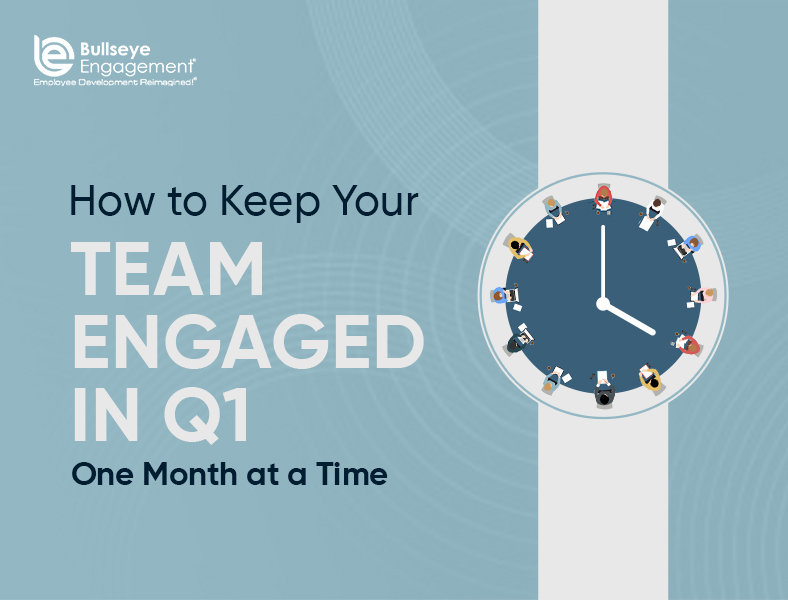Erica, a mid level manager at an organization, feels stuck in her current position, the pay is good, the benefits are decent yet her morale is down. She is a star performer in her firm, yet with the traditional hierarchy that once characterized organizations now gone, Erica does not find many opportunities for vertical growth or promotion. More often than not, she finds herself logging on to LinkedIn, updating her profile or connecting with others to look for more opportunities.
This should send alarm bells ringing for the human resources department. Employee disengagement is not mere speculation, but a real source of worry; according to the Gallup Management Journal’s semi-annual employee engagement index:
- 60% of employees are not engaged with their employer,
- 15% are actively disengaged,
- Only 25% report being actively engaged in the workplace.
In this post-recession era, it is becoming increasingly important for organizations to find new ways of engaging employees and retaining their top talent.
What exactly is Career Development?
When an organization provides skills development, coaching and mentoring to ensure employee career growth in an effort to align employees’ strengths and interests with that of the organization, that process is known as career development. The most effective career development programs involve the employee, the manager and the organization in a holistic way.
Career development programs generally include the following:
- Basic skills
- Professional skills
- Technical training
- Supervisory skills
Career development does not exist on its own; rather it sits within a system which includes: recruitment, on boarding,performance management, consistent feedback and ongoing learning opportunities through the life-cycle of the employee.
Why should organizations cater to Employee’s Career Development?
The first thing that employers think of in order to retain their best employees and to increase productivity and effectiveness is by increasing compensation, benefits, and perks. Research proves otherwise; compensation and benefits are never really true drivers of employee engagement, and career development might be a bigger motivator than the above two. There are various reasons organizations should include career development opportunities as part of their human resources initiative; increase in production, cut in recruitment costs, ability to fill roles within the organization by identifying candidates etc. but the most important reason is higher engagement level; the relationship among employee engagement, retention, and performance has been established by several research studies and surveys.
Advice for Organizations
- Career development needs to become a priority in the organization, this includes developing a comprehensive system.
- Career development is an important and complex process and managers need to be trained and provided with tools and skills in order to become more effective at implementing this process.
- Employees themselves need to become more self-aware of their strengths, weaknesses and skills in order to be able to effectively determine the career development tools that will benefit them and their organization the most.
- The best approach towards career development is a combination of individualized coaching and group sessions.
- Organizations need to know whether the career development investments they have made on their employers have provided significant returns, and there are various tools that can help them measure this.
Career development is a whole process which requires comprehensive effort and collaboration between the employer and employee. Simply providing career resources to the employees is not enough; instead a system needs to be built which caters to the career development needs of the employees while providing return on investment to the organization and helping it drive forward.
Image courtesy of renjith krishnan / FreeDigitalPhotos.net

















